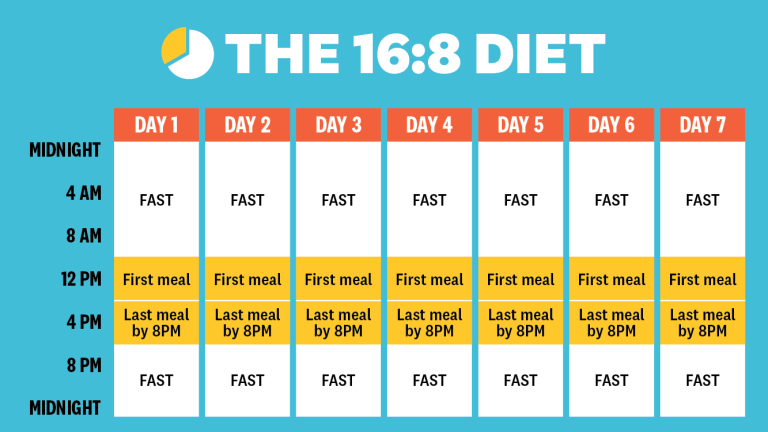
When it comes to fasting, there is one of the biggest misunderstandings, which is also one of the reasons why many people are unwilling to accept it. This misunderstanding is that many people think that fasting is just an extreme way of losing weight for modern people to get in shape.In fact, this is not the case.
Fasting, the act of abstaining from food and sometimes drinks for a set period, has a long history across various cultures and religions. In fact, fasting is a very old diet, which has only gradually become popular in the past few years, especially after the BBC documentary came out, it was slowly accepted by many people and found its benefits, and “lose weight The effect’ is really just a small by-product of fasting.

I don’t advocate fasting for weight loss. I suggest that you regard fasting as a new way of life, attitude towards life, or you can regard it as a small belief. For example: Ancient Christianity, Judaism, Gnosticism, Islam, Buddhism, Hinduism, South American and North American Indian traditions, etc. all fast in various ways with different purposes, for purification of the soul, repentance, mourning, Remember the ancestors, etc.
Many of the great philosophers, thinkers, and healers of the early days used fasting therapy. Hippocrates, Plato, Socrates, Aristotle, and Galen all extolled the benefits of fasting.
However, what does true fasting mean, and what are the commonly used fasting methods?
True fasting involves a complete restriction of calorie consumption for an extended period, usually more than 24 hours. During this time, the body shifts its metabolism from glucose burning to fat burning, and begins to break down stored fat for energy. The body also undergoes a process called autophagy, where it cleans up damaged cells and regenerates new ones, which can have numerous health benefits.

One of the most popular fasting methods is intermittent fasting, a diet pattern that alternates between periods of eating and fasting. There are different types of intermittent fasting, including the 16/8 method, where one fasts for 16 hours and eats during an 8-hour window, and the 5:2 diet, where one consumes a normal diet for five days and fasts or restricts calories for the remaining two days.
Another common fasting method is the water fast, where one forgoes all food and drinks except water for a set period, usually 24-72 hours. Extended water fasts lasting more than three days should be supervised by a healthcare provider, as they can have potential risks and side effects.

Several studies have shown that fasting can have numerous health benefits, including weight loss, improved insulin sensitivity, reduced inflammation, and even increased longevity. In a study conducted by Valter Longo, a professor of gerontology and biological science at the University of Southern California, fasting for just five days a month can regenerate the immune system, leading to improved health and a decreased risk of chronic diseases. However, it’s important to note that fasting isn’t appropriate or safe for everyone, particularly pregnant women, children, and individuals with certain medical conditions.
In summary, true fasting involves a complete restriction of calorie intake for an extended period, and several fasting methods exist, including intermittent fasting and water fasting. Fasting can have various health benefits, but it’s important to consult a healthcare provider before starting any fasting regimen. Additionally, people should also listen to their bodies and break their fast if they experience any negative side effects. In a world where we’re always surrounded by food and drinks, fasting can offer a much-needed break and bring us closer to our bodies and our health.











